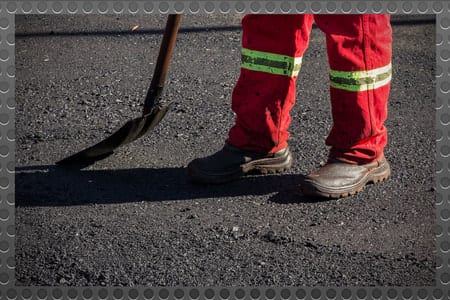- About Us
- Our Services
- Training Expertise
- Crisis Management for Business & Industry
- DOT PHMSA ALERT Rail Car Training
- Emergency Management
- Environmental & HAZMAT
- First Response & HAZWOPER
- Maritime Security
- OSHA Training/Confined Space
- RDPC
- Safer News Gathering
- Safer Ohio Schools Using Threat Assessment Management
- School Safety & Security
- Workplace Violence Prevention
- Courses
- Our Clients
- Media
It’s Still Too Hot To Work Without Precautions

As another American summer starts to draw to a close, many parts of the U.S. have experienced very mild temperatures in the last week – perhaps cooler than can rightfully be expected for August. But those areas, such as the upper Midwest, New England, and the Pacific Northwest, that have benefited from comfortable days are counterbalanced by other areas of the country. At the time of this writing, many southern states are dealing with another day of high heat indexes. We see triple-digit indexes in Texas, Louisiana, and Arizona. Florida and the remainder of the southeastern states are all experiencing indexes of 90-plus. A heat map like that reminds us that heat safety is all too often overlooked in workplaces.
Of course, failing to use shade or to hydrate on hot days is very dangerous, even deadly. The first symptoms of heat illness from overexposure are often headaches, dizziness, and fatigue. Continued exposure to severe heat can lead to cramps and fainting. Workers can get preoccupied by outdoor tasks, or by work in shaded but still-overheated spaces, and they may forget to drink water regularly or to rest regularly.
In California, where extreme temperatures can be common, heat exhaustion prevention is a serious topic leading to specific recommendations from Cal/OSHA, the state government’s Division of Occupational Safety and Health. Cal/OSHA’s Heat Illness Prevention program is said to be the first of its kind in the country. And while many states do not regularly face the same climate challenges as California, summer heat records are being frequently broken in this century all across the country. The Center for Disease Control tells us that over 7,200 Americans died from heat-related illnesses between 1999 and 2009. The risk of heat illness most anywhere is greater now than in previous eras, and using guidelines such as those developed by the Cal/OSHA could save lives.
For example, hydration should be scheduled, as opposed to people drinking only when they feel thirsty. As found in Cal/OSHA’s August 1, 2017 release, all workers should “drink at least one quart of water every hour, preferably sipping an 8-ounce cup of water every 15 minutes.” Setting a watch or smart phone timer to chime every quarter hour is a good idea. And note that water is strongly recommended by the Cal/OSHA program in place of other liquids: “Drinks such as soda, sports drinks, coffee, energy drinks or iced tea are not recommended for hydration. Also, the lingering effects of alcoholic beverages can contribute to quickly dehydrating the body in hot weather.” Other factors that may increase susceptibility to heat illness include certain medications or any health history that might reduce tolerance and curtail stamina.
If a worker experiences the common symptoms of heat illness, they must immediately rest in a cooler area, increase hydration, increase fresh air flow to their skin and lungs, and possibly rinse their skin with cold water. Co-workers should accompany and monitor the worker who is feeling ill, and contact an EMS unit or on-site medical support as needed. Any in-house emergency response team member should be trained in recognition of heat illness, and to care for someone who has become sick from overexposure. Without quick care, minor effects of heat illness can increase to the point of grave danger.
To prevent an incident of overexposure, Cal/OSHA mandates 10 minutes of shaded cool-down rest for all workers every two hours on days when the temperature has reached 95 degrees or more. At Findlay All Hazards, we think that heat indexes should be the guide for prescribed, scheduled cool-down periods. The heat index, which considers both relative humidity and air temperature, determines how hot it feels to people working outdoors. And such precautions should be taken throughout entire workdays with high heat indexes, regardless of whether or not the current hour has a high index.
The Cal/OSHA Heat Illness Prevention program site includes an online tool with many additional helpful recommendations for safe work on hot days, based on California regulations. Findlay All Hazards encourages all EHS managers to develop consistent and wide-ranging safe work guidelines for high heat index days and for hot indoor spaces. Findlay’s trainers can help you create a policy for your specific workplaces, one that lists exact on-site cool-down areas and hydration stations and sets timetables based on heat indexes and other factors. And we can develop a custom training program for ‘hot work’ that will help you inform your employees about how to protect themselves and others.
Contact Findlay today to discuss a heat illness prevention program of your own.
Request More Information
